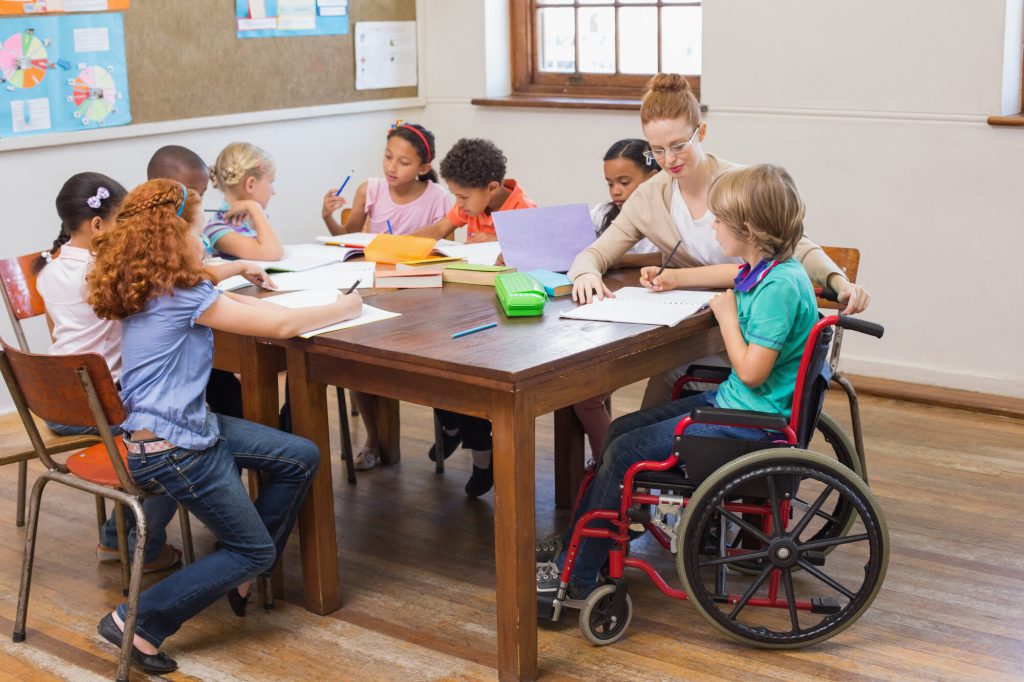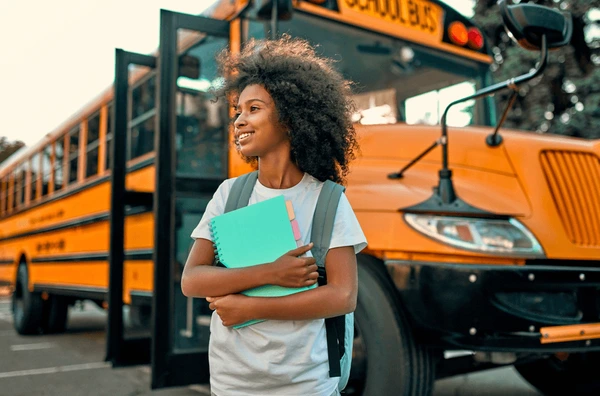JAKARTA, incaschool.sch.id – In the realm of education, the concept of inclusivity has gained significant traction as schools strive to create environments where every student can thrive. Inclusive practices are essential in ensuring that all students, regardless of their backgrounds, abilities, or needs, receive the support and opportunities necessary to reach their full potential. This article delves into the importance of inclusive practices in education, the strategies that can be implemented, and the real impact these practices can have on students’ learning experiences.
Understanding Inclusive Practices

What Are Inclusive Practices?
Inclusive practices refer to educational strategies and approaches that aim to accommodate the diverse needs of all students within the classroom. This includes:
- Differentiated Instruction: Tailoring teaching methods and materials to meet the varied learning styles and abilities of students.
- Universal Design for Learning (UDL): Creating flexible learning environments that provide multiple means of engagement, representation, and action/expression to support all learners.
- Collaborative Learning: Encouraging teamwork and peer interaction to foster a sense of belonging and community among students.
The Importance of Inclusive Practices
- Equity in Education: Inclusive practices ensure that all students have equal access to educational opportunities, promoting fairness and equity within the school system.
- Enhanced Learning Outcomes: Research shows that inclusive classrooms can lead to improved academic performance for all students, as diverse perspectives enrich the learning experience.
- Social and Emotional Development: Inclusive practices foster a sense of belonging, helping students develop social skills, empathy, and emotional resilience.
- Preparation for a Diverse World: By learning in inclusive environments, students are better prepared to interact and collaborate with individuals from different backgrounds and abilities in their future careers and communities.
Key Strategies for Implementing Inclusive Practices
1. Creating a Welcoming Environment
Building a Positive Classroom Culture
A welcoming classroom environment is the foundation of inclusive practices. Teachers can promote a positive culture by:
- Encouraging Respect and Acceptance: Establishing ground rules that promote respect for diversity and discourage bullying or discrimination.
- Celebrating Differences: Highlighting the unique strengths and contributions of each student can foster appreciation for diversity.
Physical Accessibility
Classrooms should be designed to accommodate students with physical disabilities. This includes ensuring accessible seating arrangements, pathways, and resources that all students can utilize comfortably.
2. Differentiated Instruction
Tailoring Teaching Methods
Teachers can implement differentiated instruction by:
- Assessing Individual Needs: Regularly assessing students’ strengths and areas for growth to tailor instruction accordingly.
- Offering Varied Learning Activities: Providing multiple options for assignments and activities that cater to different learning styles and interests.
Flexible Grouping
Using flexible grouping strategies allows teachers to create diverse teams for projects and activities. This encourages collaboration among students with different abilities and promotes peer learning.
3. Universal Design for Learning (UDL)
Implementing UDL Principles
UDL principles can be integrated into lesson planning by:
- Providing Multiple Means of Engagement: Offering various ways for students to engage with the material, such as hands-on activities, discussions, and technology-based resources.
- Allowing for Different Modes of Expression: Encouraging students to demonstrate their understanding through various formats, including presentations, written assignments, or creative projects.
4. Collaborative Learning Opportunities
Peer Support and Mentoring
Encouraging peer support and mentoring can enhance the learning experience for all students. This can include:
- Buddy Systems: Pairing students with different abilities to work together on tasks, fostering collaboration and mutual support.
- Group Projects: Assigning group projects that require collaboration, allowing students to learn from one another and build teamwork skills.
Family and Community Involvement
Engaging families and the community in the educational process can strengthen inclusive practices. Schools can:
- Host Workshops and Events: Organizing events that bring families together to learn about inclusive practices and how they can support their children.
- Collaborate with Local Organizations: Partnering with community organizations to provide additional resources and support for students with diverse needs.
5. Professional Development for Educators
Training on Inclusive Practices
Providing professional development opportunities for educators is essential for effective implementation of inclusive practices. This can include:
- Workshops on Differentiation and UDL: Offering training sessions that equip teachers with the skills and knowledge needed to create inclusive classrooms.
- Peer Observations and Feedback: Encouraging teachers to observe one another’s practices and provide constructive feedback can foster a culture of continuous improvement.
Real Impact of Inclusive Practices
1. Improved Academic Performance
Research indicates that inclusive practices can lead to higher academic achievement for all students. By providing tailored support and diverse learning opportunities, students are more likely to engage with the material and succeed in their studies.
2. Enhanced Social Skills
Inclusive classrooms promote social interaction among students of varying abilities. This interaction helps students develop essential social skills, such as communication, empathy, and teamwork, which are crucial for success in life.
3. Increased Student Engagement
When students feel valued and included, they are more likely to participate actively in their learning. Inclusive practices foster a sense of belonging, leading to increased motivation and engagement in the classroom.
4. Positive School Climate
Implementing inclusive practices contributes to a positive school climate where diversity is celebrated, and all students feel safe and supported. This environment can reduce bullying and improve overall student well-being.
Conclusion
Inclusive practices are vital for supporting every student’s potential and ensuring that all learners have access to meaningful educational experiences. By creating welcoming environments, implementing differentiated instruction, and fostering collaboration, schools can make a real impact on students’ academic and social development. As we strive for equity in education, let us commit to embracing inclusive practices that empower every student to thrive and succeed.
Improve Your Abilities: Explore Our content on Knowledge
Take a Look at Our Latest Article on Continuing Education!


